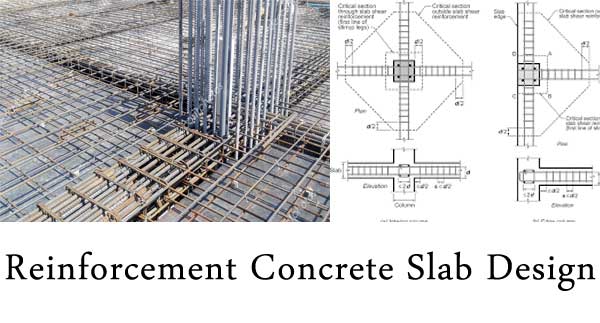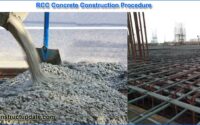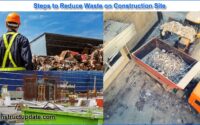Working with Design of a Reinforcement Concrete Slab
Reinforcement concrete slabs are used in floors, roofs, and walls of buildings and as the decks of bridges. The floor system of a structure can take many forms such as in situ solid slab, ribbed slab, or pre-cast units. Slabs may span in one direction or in two directions and they may be supported on monolithic concrete beam, steel beams, walls, or directly by the structure’s columns.
Continuous slab should in principle be designed to withstand the most unfavorable arrangements of loads, in the same manner as beams. Because there are greater opportunities for redistribution of loads in slabs, analysis may however often be simplified by the use of a single load case. Bending moment coefficient based on this simplified method are provided for slabs which span in one direction with approximately equal spans, and also for flat slabs.
The moments in slabs spanning in two directions can also be determined using coefficients tabulated in the code of practice, BS 8110. Slab which are not rectangular in plan or which support an irregular loading arrangement may be analyzed by techniques such as the yield line method or the Helliborg strip method.

Concrete slab behave primarily as flexural members and the design is similar to that for beams, although in general it is somewhat simpler because;
- the breadth of the slab is already fixed and a unit breadth of 1m is used in the calculations,
- the shear stress is usually low in a slab except when there are heavy concentrated loads and
- compression reinforcement is seldom required.





